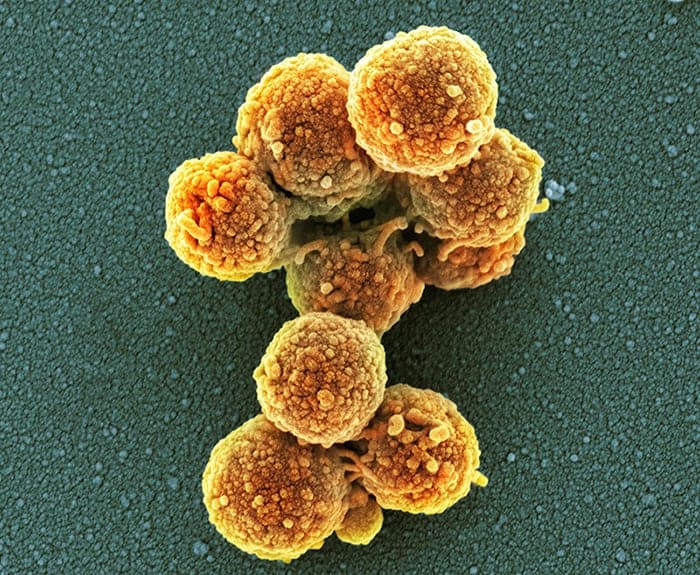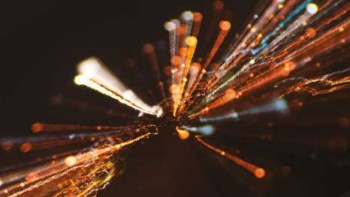 Read article: Polarized light throws birds’ magnetic compass off course
Read article: Polarized light throws birds’ magnetic compass off course
Polarized light throws birds’ magnetic compass off course
Birds are completely disorientated when light is polarized perpendicularly to the direction of the magnetic field









